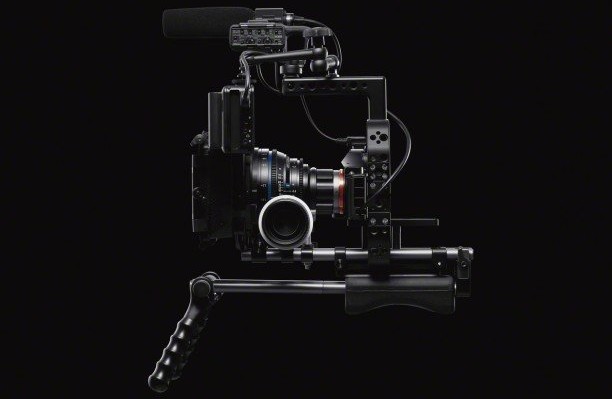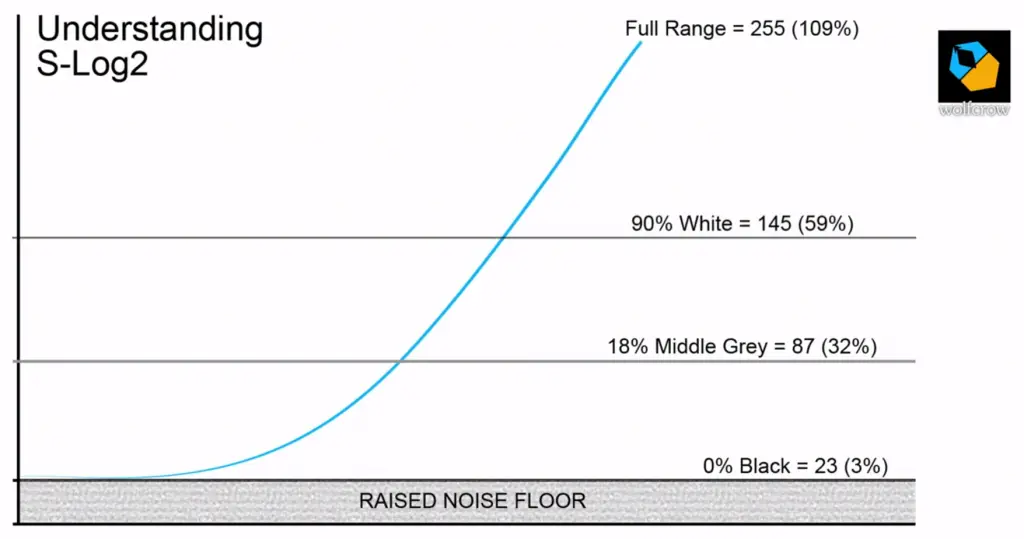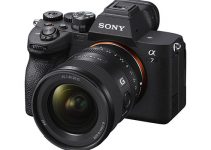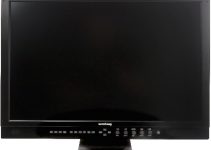
Sareesh Sudhakaran of Wolfcrow recently took the time to provide a well-balanced and unbiased review of his recently-purchased Sony A7s, highlighting the features of the system that perform exceedingly well, along with the elements that don’t hold up to the tough competition on the market today.
Unlike many, this review wasn’t conducted simply as an image quality and feature performance exercise, it was a matter of practicality across a number of scenarios for today’s professionals. Here was the rundown for video work:
Recommended for:
- Short and feature films
- Corporate videos
- Music videos.
The handheld ergonomics of the A7s leave a bit to be desired, but in the above listed shoots the camera would typically be mounted to a tripod or mechanical system the likes of a slider or gimbal. The other main factor here is the necessary grading to achieve a quality image through S-Log2 filming.

While the A7s has a number of cine profiles, Sudhakaran found that the gamma-shifts were not a suffice replacement for the power of grading through DaVinci Resolve with a Log. These types of shoots typically also allow for time to be spent in post, grading the footage properly before assembling a final edit.
Not Recommended for:
- Documentaries
- Wildlife productions
- Sport / Music events, Weddings, or ENG work
- Commercials
Most of the above-mentioned mediums require a good “run-and-gun” system that allows lots of footage to be shot and dumped onto drives as you go, or quickly turned-over for broadcast or clients. While the A7s shines in proper conditions, these are not proper for the A7s.
Most commercial shoots will come with a budget that not only allows for a better-suited system, but brings with it naïve clients who feel more comfortable seeing larger cameras handling the work (getting what they’re paying for, so to speak). Nature or wildlife shooting that requires powerful telephoto lens systems is better suited for Sony’s larger FS7 system, as he recommends. Which brings me to the wrap-up.
Other Systems to Consider, and Why:
- Panasonic GH4
- Blackmagic Production 4K and Cinema 2.5K
- Canon 5D Mark III
- Sony FS7
Panasonic’s lightweight champion the Panasonic GH4 brings internal 4K and powerful image quality with it’s small stature and ergonomic comfort.
Blackmagic’s offerings bring internal 2.5K and 4K recording in a robust ProRes codec as well as CinemaDNG raw, along with a powerful Log system of their own and a better array of lens mounts. Canon’s 5D Mark III is still one of the best run-and-gun cameras on the market, with a place as one of the best overall event cameras readily available today.
Lastly Sony’s recently released FS7 joins the ranks of Sony’s F5 and F55 systems, with added comfort in handheld shooting. Because of this, those making the transition from the likes of a larger Sony camera (or a RED for that matter) will find this system appealing over the smaller, more limited A7s. Sony are currently running a competition in which they are giving away one FS7, get all details here.
The Bottom Line
While the Sony A7s is not the Swiss Army knife of today’s video market, many professionals that are budget-minded and have the ability to grade their work in post will find a lot to love in what the camera has to offer. Wolfcrow’s full A7s review can be found here.
Disclaimer: As an Amazon Associate partner and participant in B&H and Adorama Affiliate programmes, we earn a small comission from each purchase made through the affiliate links listed above at no additional cost to you.



